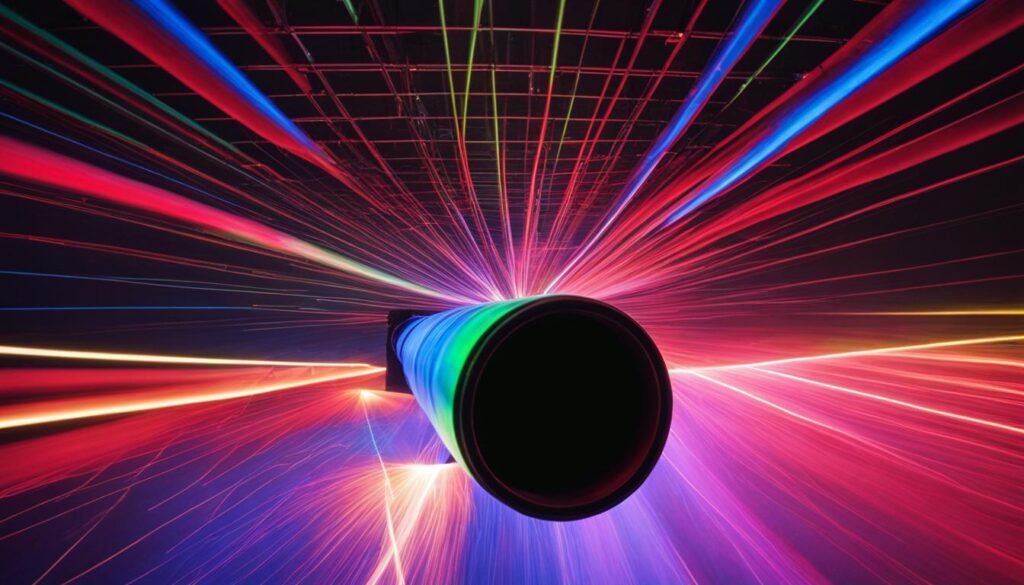Contents

Source: EKSPLA
Lamp-Pumped Lasers: Understanding the Basics
Introduction
Lamp-pumped lasers are a type of solid-state lasers that are optically pumped using lamps instead of laser diodes. This article delves into the key aspects of lamp-pumped lasers, including the types of lamps used, the pump chamber configuration, suitable laser gain media, and the attractions and limitations of lamp pumping.
Types of Lamps
Gas discharge lamps used for laser pumping are typically categorized as arc lamps and flash lamps. Arc lamps are designed for continuous-wave operation, while flash lamps produce pump pulses for free-running or Q-switched lasers. Flash lamps are often powered by capacitors to generate high peak powers. The design of the lamp electrodes and the applied current density significantly impact the optical spectrum produced.
Pump Chamber
The pump chamber of a lamp-pumped laser usually consists of a long side-pumped rod laser crystal placed within an elliptical chamber with reflective walls. This configuration allows for better absorption of pump light by the laser rod. Cooling water is used to dissipate excess heat, and a filter glass may be employed to protect the laser rod from harmful UV light.
Gain Media for Lamp-Pumped Lasers
The most common type of lamp-pumped laser uses Nd:YAG as the gain medium, with krypton-filled lamps being a popular choice due to their emission spectrum matching the absorption lines of Nd:YAG. Other laser gain media like Nd:YLF and Nd:YVO4 are also suitable for lamp-pumped lasers. The size of the laser crystals is crucial, with ceramic laser gain media being preferred for their ability to be manufactured in large sizes.
Attractions and Limitations of Lamp Pumping
Lamp-pumped lasers offer high pump powers and pulse energies at a lower cost compared to diode-pumped lasers. However, they have limitations such as limited lamp lifetime, low wall-plug efficiency, and higher levels of laser noise. Lamp-pumped lasers are still relevant for applications requiring high peak powers, but diode-pumped lasers are increasingly replacing them in many high-power and high-repetition rate applications.
Conclusion
While lamp-pumped lasers have their advantages and limitations, they continue to be used in various applications where their specific benefits outweigh their drawbacks. Understanding the principles of lamp pumping is essential for designing and operating these types of lasers effectively.
Source: Wikipedia
Feel free to comment your thoughts.



